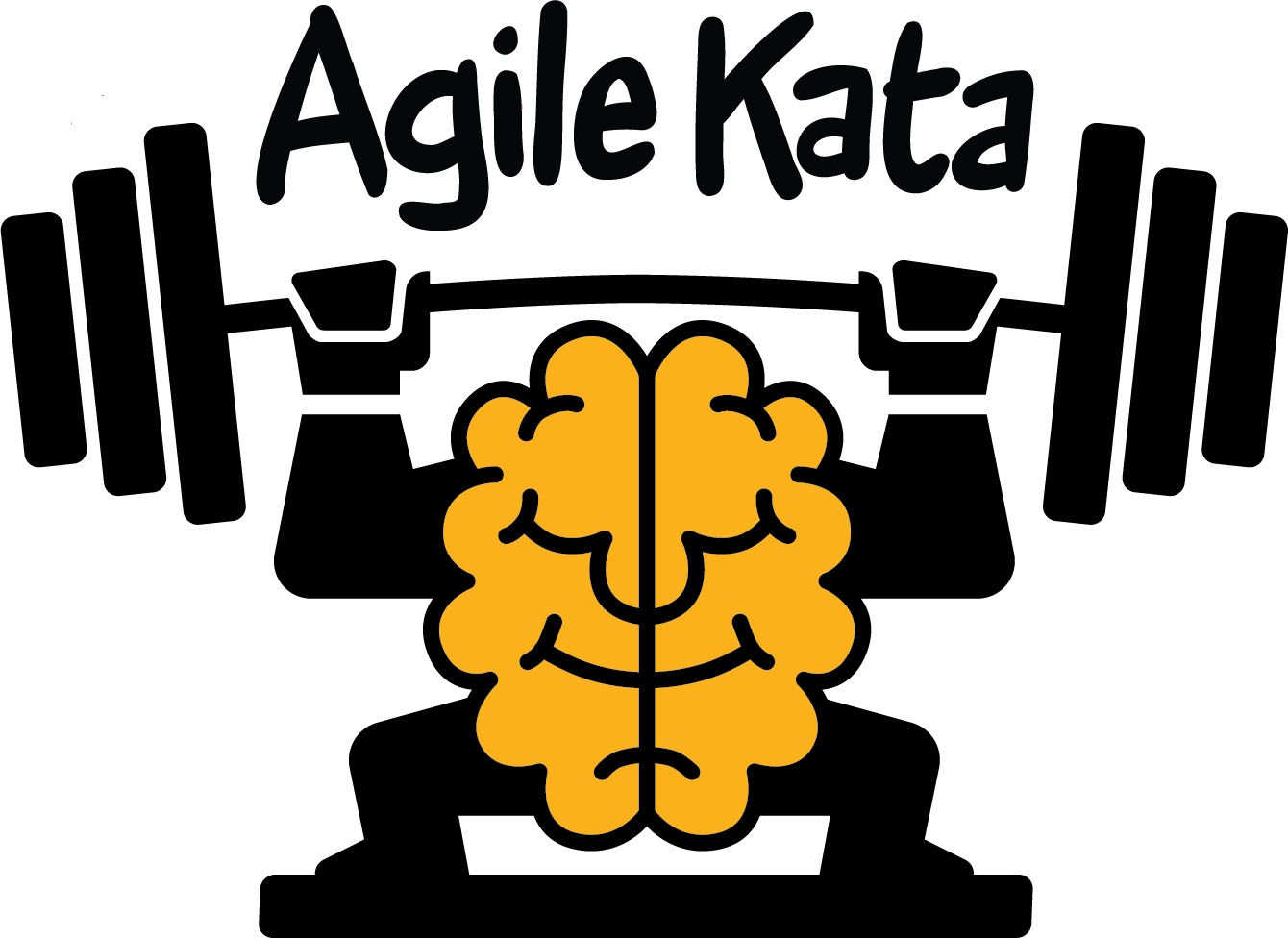12 Principles
-
An Agile Kata can be very short in length but is not rhythmic in length like an iteration. That means that when an experiment succeeds and the value of the target condition is reached, value has been created. That value can be inspected by stakeholders or customers.
-
Because an Agile Kata team is only concerned about one target condition at a time, new or changing requirements are easy to integrate into the process. The results of an experiment may create additional change or opportunities for innovation.
-
An Agile Kata can end in two different ways. When an experiment has succeeded or when the time-limit has been reached. Because the time-limit is very short frequent deliverables are typical in Agile Kata.
-
Agile Kata believes in crowd-sourcing of ideas and collaborative work in teams that have a diverse skill set.
-
Agile Kata teams are goal-driven and focused on experiments to get toward the goal. Defining, planning and reaching goals together as a team has a huge impact on the morale. Agile leadership steps out of the decision making and supports the Agile Kata team to create their environment to succeed.
-
Agile Kata teams plan in-person (on-site or remote) using face-to-face communication. This form of collaboration is not only important during goal-setting, identifying the current condition and defining the target-condition, but also planning and executing the experiments. The latter includes the daily coaching cycle.
-
Agile Kata teams focus on deliverables that are in the desired quality. Not only do Agile Kata teams know that the product or service is “working”, they also have evidence from the experiments about it.
-
Agile Kata teams work in small increments (target conditions) toward the vision or challenge. That journey could be a long journey. Breaking complexity into smaller steps and planning and executing those is essential for reaching a steady pace.
-
Agile Kata teams own their deliverables, regardless if the work is technical or non-technical. Agile Kata teams know that the one target condition will lead to the next and so forth. Therefore Agile Kata teams define quality standards and constraints in a way that iterative-incremental development support those quality standards.
-
Agile Kata teams are fully focused on the next target condition. Once the target condition is reached, a new target condition is identified. That reduces distraction from lesser important things and keeps teams focus on the essentials.
-
During an Agile Kata, teams plan their own experiments in a self-organized and self-managed way. That approach promotes a high degree of innovation and engagement and allows teams to craft high-quality deliverables.
-
Agile Kata Teams reflect regularly after the target condition has been meet or if the time limit has been reached . That allows agile teams to reflect on their approach, improve and evolve.
